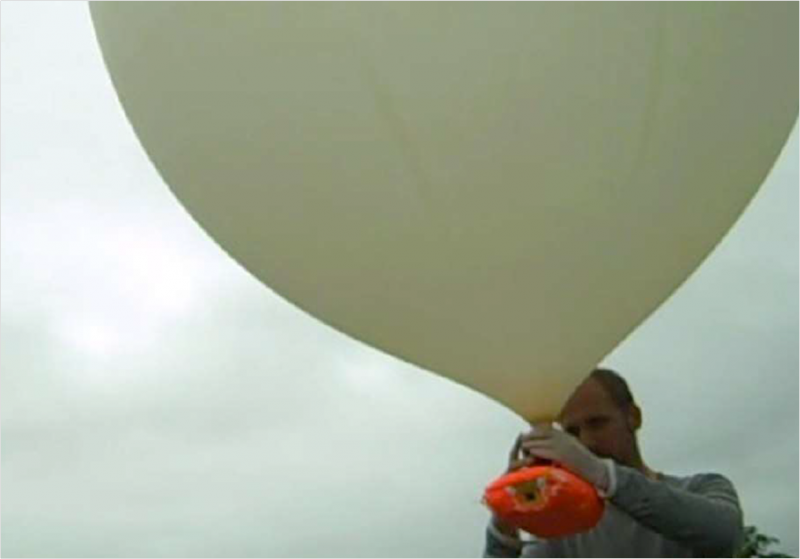Mobile Research Needs Nonmobile Insights
With mobile usage becoming increasingly widespread and companies testing the water with mobile strategies, market insights professionals need to uncover consumers’ mobile behavior today and tomorrow. But with the pace of mobile innovation moving so rapidly, how can you keep up with all of the things that people are doing with their mobile phones?
In the next three years, would you expect people to use their mobile phones as wallets? What about as electronic passports? What about for space exploration? While that seems like a long shot, a New York state resident did just that — attaching an iPhone to a weather balloon, videoing the journey, and using its GPS feature to map its voyage (see link for the footage).
With this kind of innovation, how can market researchers predict future consumer mobile behaviors? Would we have predicted mobile space exploration (which is already possible today)? Probably not, if we had relied solely on current mobile behaviors to understand future mobile opportunities. In a recent speech at Forrester’s Marketing & Strategy Forum EMEA in London, I shared how mobile segmentation, as it currently stands in many organizations, consists of grouping current mobile behaviors like Internet use, the amount of texting versus talking, gaming, and so on. But market researchers can no longer afford to limit mobile research to mobile behaviors.
Mobile has already enabled consumers to socialize, shop, travel, and even lose weight with their mobile phones — things that consumers were already doing. Uncovering the potential of mobile requires an understanding of other dimensions of the consumer beyond their current mobile use. Why? Because mobile is not transforming what consumers are doing but how they are doing it. So if you factor non-mobile behaviors into your mobile market research segmentation, you will have a much better shot at predicting future mobile usage.
